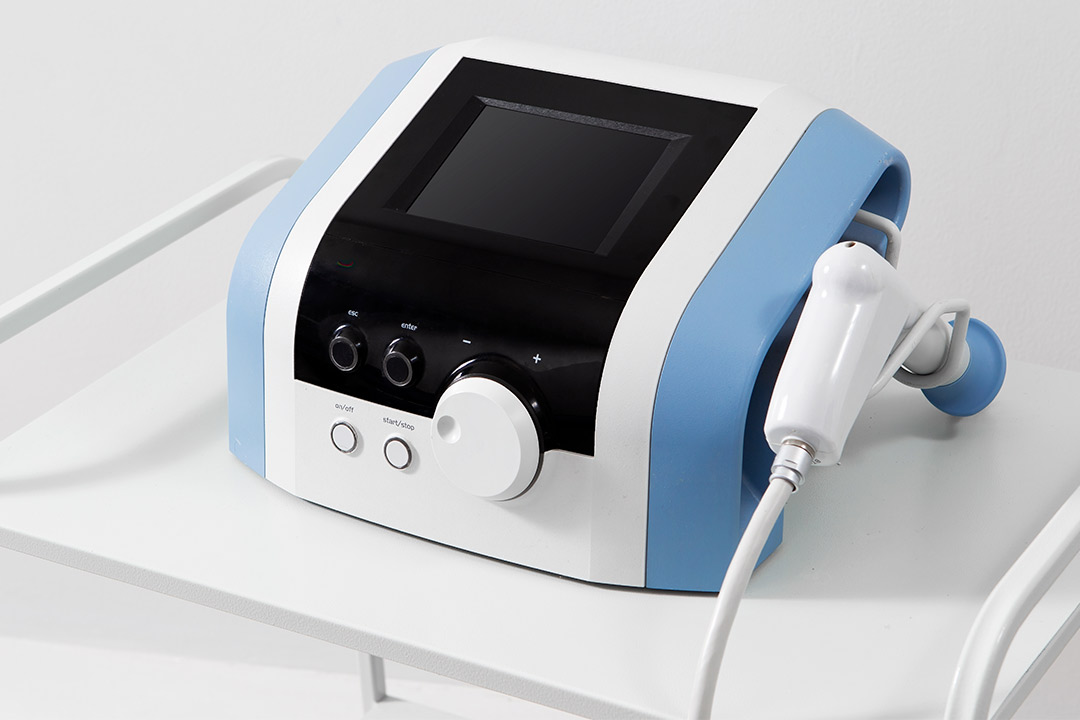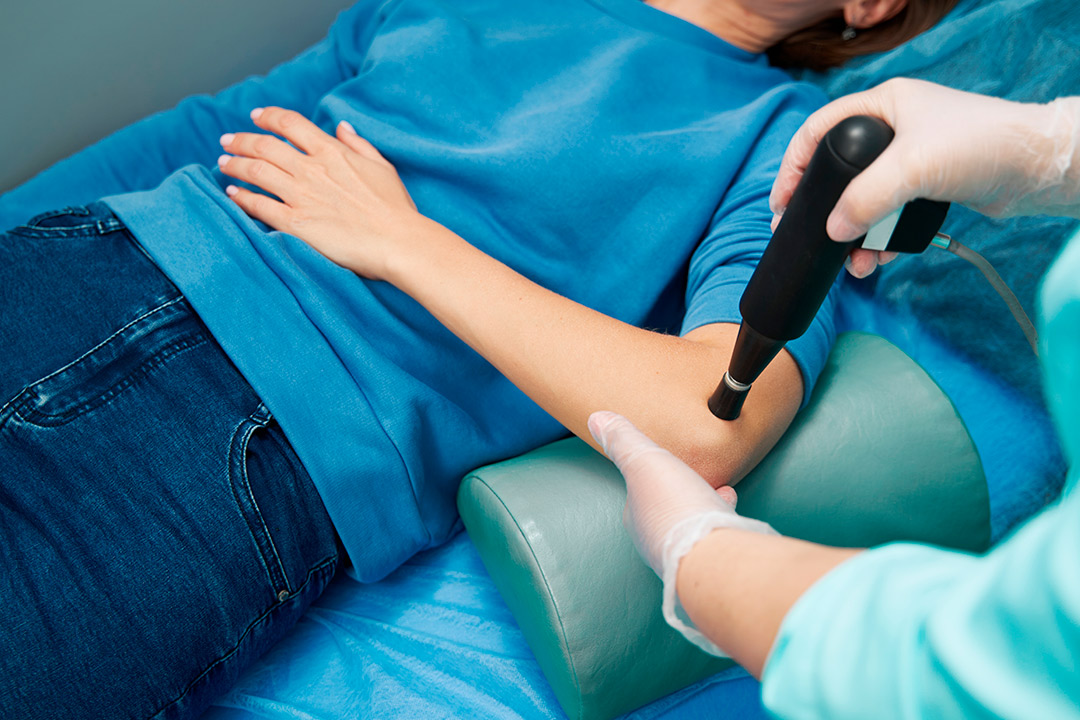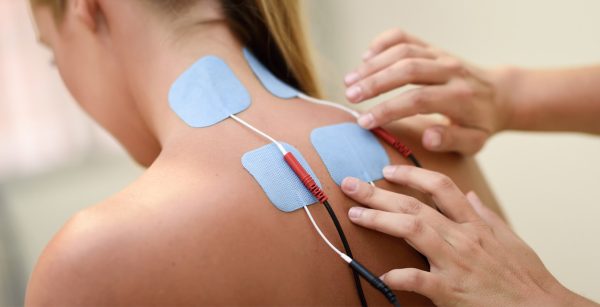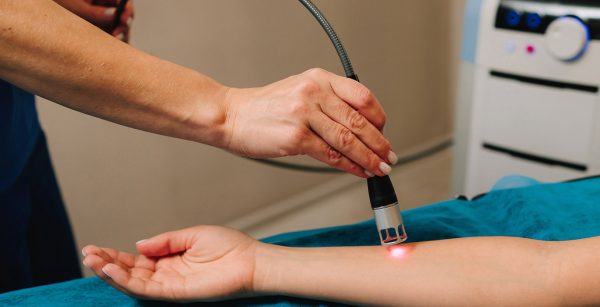What Medical Directors Should Know About Device Leasing

Healthcare is transforming at an unprecedented rate, and medical directors are leading the charge, striving to integrate breakthrough treatments with sustainable financial strategies. The medical device market, valued at $534.45 billion in 2023 and projected to reach $984.56 billion by 2032, presents both opportunities and challenges for practice leadership. As technology continues to advance at an unprecedented pace, device leasing has emerged as a strategic solution for medical practices of all sizes.
Device leasing allows medical practices to access state-of-the-art equipment, from diagnostic tools to therapeutic technologies like ESWT, PEMF, and Class IV Lasers, without the substantial upfront investment that purchasing requires. This approach has transformed how medical directors approach equipment acquisition and management, creating new pathways for practice growth and technological advancement.
Why Leasing is Increasingly Preferred Over Purchasing

When weighing options for acquiring new medical equipment, leasing offers a practical pathway that supports both growth and flexibility. Here’s why more healthcare practices are choosing this approach:
- Preserves capital and improves cash flow by eliminating large initial investments
- Provides flexibility to upgrade as technology evolves, preventing obsolescence
- Offers potential tax advantages through operational expense classification
- Includes maintenance and support services, reducing unexpected costs
- Allows practices to trial cutting-edge technologies with lower financial commitment
Key Considerations Unique to Medical Directors
Every acquisition decision carries strategic weight for medical directors. Beyond financial factors, the right choice must also align with clinical goals, patient needs, and regulatory standards. Keep these priorities in mind:
- Balancing clinical efficacy with financial sustainability when selecting devices
- Assessing treatment versatility and patient volume to maximize ROI
- Understanding how device specifications align with the conditions you commonly treat
- Evaluating training requirements and implementation timelines
- Ensuring compliance with healthcare regulations and reimbursement guidelines
For today’s medical director, device leasing has become a strategic tool for maintaining financial flexibility and market advantage. As we explore the landscape of medical device leasing, we’ll provide the knowledge needed to make informed decisions that benefit both your practice and your patients.
Making Informed Decisions: Evaluating Equipment Leasing Options

In a healthcare landscape driven by continual innovation, determining whether to lease or buy equipment demands strategic foresight. Medical directors must carefully evaluate their options to achieve optimal patient care while maintaining financial stability.
Assessing Your Practice’s Needs
Every successful investment starts with a precise understanding of your practice’s needs. Consider the following factors before moving forward:
- Patient Demographics and Volume: High-volume practices benefit from advanced devices with comprehensive settings, while lower-volume practices may find portable or leased units more practical.
- Treatment Specialization: Consider the types of conditions your practice commonly treats. Different technologies excel at specific applications (e.g., superficial vs. deep tissue treatments).
- Growth Projections: Align technology investments with your clinic’s long-term mission and expansion plans.
Leasing vs. Buying: Key Considerations
Choosing how to acquire medical equipment is a defining decision that shapes both immediate operations and long-term growth. Understanding the financial, operational, and technological differences between leasing and buying helps medical directors align each investment with their practice’s evolving needs.
| Factor | Leasing | Buying |
| Initial Investment | Lower upfront costs, preserves capital | Higher initial expenditure |
| Technology Updates | Easy upgrades as technology evolves | Risk of obsolescence; additional costs for upgrades |
| Flexibility | Try before committing; adjust to changing practice needs | Limited to purchased technology capabilities |
| Maintenance | Often included in lease agreements | Additional ongoing expense |
Identifying Reliable Leasing Partners
- Provider Reputation: Research companies like Myosyte that specialize in medical device leasing with proven track records.
- Comprehensive Support: Look for partners offering training, maintenance, and technical assistance.
- Transparent Terms: Ensure contracts clearly outline costs, duration, upgrade options, and end-of-lease terms.
- Specialization: Choose partners familiar with your practice area who can recommend appropriate technology solutions.
Understanding Financial Implications and Contract Considerations
When evaluating medical device leasing options, understanding the complete financial picture is essential for making sound decisions that align with your practice’s goals.
- Analyzing Total Costs: Look beyond monthly payments to calculate true ROI (Net financial returns ÷ Financial investment). Consider both immediate and long-term expenses, including:
o Installation and setup fees
o Training and implementation costs
o Maintenance and service agreements
o End-of-lease expenses (purchase options, restoration requirements)
- Common Contract Terms and Hidden Fees: Understand terminology and watch for:
o Automatic renewal clauses
o Early termination penalties
o Insurance requirements
o Upgrade/downgrade restrictions
- Negotiation Tips: Use leverage to secure favorable terms.
o Request caps on annual payment increases
o Negotiate flexible term lengths (12, 24, or 36 months)
o Seek inclusive maintenance packages
o Compare multiple vendors for leverage
- Legal and Regulatory Compliance: Ensure equipment meets all standards and regulations.
o Ensure equipment meets current regulations and certification standards
o Confirm HIPAA compliance for devices storing patient data
o Verify liability coverage requirements
o Review termination conditions and equipment return protocols
Remember that transparent leasing partners will provide upfront pricing, clear contract terms, and comprehensive support, including virtual training. This transparency helps avoid unexpected costs that can impact your practice’s financial health and treatment capabilities.
Strategic Benefits of Device Leasing for Your Practice

Beyond financial considerations, medical device leasing offers strategic advantages that can transform your practice’s operational capabilities and market position. When implemented thoughtfully, leasing becomes a procurement method and a catalyst for practice growth. Leasing medical equipment can transform your practice by improving finances, upgrading technology, enhancing patient care, and strengthening your competitive edge.
Improving Cash Flow and Preserving Capital
Maximize flexibility by turning large purchases into manageable monthly expenses.
- Redirect preserved capital toward staff development, facility improvements, or marketing initiatives
- Maintain financial flexibility to respond to changing market conditions or unexpected opportunities
- Convert large capital expenditures into predictable monthly operating expenses, improving budgetary planning
Upgrading Technology with Minimal Disruption
Stay current with the latest devices without lengthy approval processes or financial strain.
- Avoid technological obsolescence through built-in upgrade pathways in most leasing agreements
- Implement new devices without the lengthy approval processes often required for capital purchases
- Test cutting-edge technologies like Focused Shockwave Therapy or PEMF with lower financial commitment before full adoption
Improving Patient Care and Operational Efficiency
Deliver faster, more effective treatments that boost outcomes and patient satisfaction.
- Access multiple therapy modalities (such as PiezoWave, EPAT, PEMF, and Class IV Laser Therapy) simultaneously to create comprehensive treatment protocols
- Offer faster recovery times and better outcomes through advanced treatment options
- Increase patient throughput with efficient technologies that deliver treatments in 5-20 minutes per session
- Practices implementing technologies like MyACT report approximately 25% growth in client base
Building a Competitive Advantage Through Strategic Leasing
Stand out in the market by offering cutting-edge therapies and integrated care options.
- Differentiate your practice by offering the latest treatment technologies without massive capital investment
- Create value-added service packages and bundled care options that enhance revenue per patient
- Position your practice as a technology leader, attracting both patients seeking advanced care and referrals from other providers
- Implement the “gold standard” approach of integrating multiple technologies to address diverse patient needs comprehensively
Elevate your healthcare practice with Myosyte’s cutting-edge medical device leasing solutions. Our expert team provides comprehensive training and support, ensuring you maximize patient outcomes and boost your revenue. Whether you are looking to buy, lease, or rent, Myosyte simplifies the process, offering the latest in medical technology directly to your door.
Discover how our innovative devices, like MyACT® and Class IV Laser Therapy can transform your practice into a leader in non-invasive treatment solutions. Enhance your services and patient satisfaction. Explore Myosyte’s offerings today!



